After four years of construction and a decade of planning, CARB (California Air Resource Board) will open the doors to their new facility in Riverside. The new facilities will expand CARB’s vehicle emission testing capabilities and provide vital, advanced equipment for air quality and climate change research. The facility’s close proximity to the University of California Riverside’s (UCR’s) campus also creates new opportunities for CARB and UCR to invest in cooperative environmental programs.
Since 1967, CARB has spearheaded California’s efforts to address air pollution and climate change. Prior to the creation of CARB, California had some of the worst air quality in the country. Sunny weather combined with…

